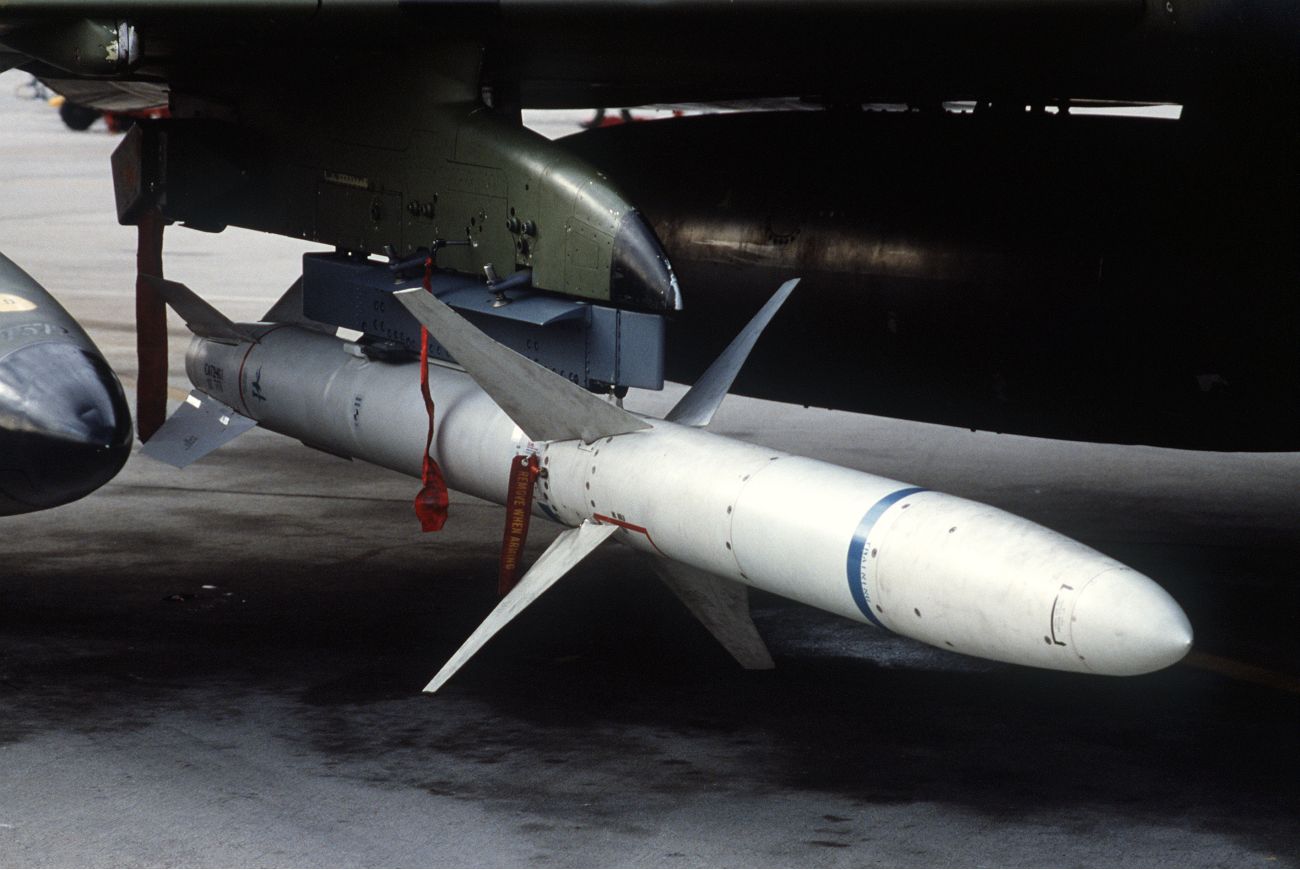On December 8, Northrop Grumman announced that it had successfully conducted the fourth flight test of its AGM-88G Advanced Anti-Radiation Guided Missile Extended Range (AARGM-ER).
The company said that the US Navy fired the missile from a F/A-18 Super Hornet aircraft. During the test, the missile successfully struck a moving, operationally representative maritime target.
Capt Alex Dutko, Navy Program Manager for Direct and Time Sensitive Strike (PMA-242), said that the AARGM-ER’s performance throughout testing has continued to support the missile’s capability to locate, identify, and successfully engage crucial air-defense targets across a wide area.
He further added that the systems’ capacity to engage moving marine targets was demonstrated in this test, showing an essential ability to help the Navy maintain control of the sea lanes during a conflict.
Northrop Grumman is currently contracted to provide production units of AARGM-ER to enable Initial Operational Capability fielding within the next two years. The company has been awarded a low-cost initial production contract for the first and second AARGM-ER lots.

AARGM-ER gives US Navy, Air Force, and Marine Corps warfighters a crucial counter-air defense capability by leveraging current AARGM sensors, electronics, and digital models while also introducing a new high-performance air vehicle, solid rocket motor, and enhanced warhead.
Gordon Turner, vice president of advanced weapons at Northrop Grumman, noted that the need for a dependable, standoff and resilient weapon is growing as the adversaries’ threat systems expand in range and lethality.
“AARGM-ER continues to demonstrate the ability to affordably meet mission requirements and safeguard those protecting our country,” he added.
The AARGM-ER is the latest version of the AGM-88 series of anti-radiation missiles, which are intended to track and destroy enemy emitters, mainly radars belonging to the air defense systems, by homing in on their radiation emissions.
The EurAsian Times had earlier reported that the US Navy anticipates the missile will be used on the Super Hornets by 2023. The missile will also be integrated with the service’s EA-18G Growler electronic warfare fighter and F-35C Joint Strike Fighters.
The requirement for a missile to accommodate inside the F-35’s weapons bays was one of the driving forces behind the AGM-88G design, as previous iterations of the AGM-88 could not fit, attributable to their large control fins. The control fins on the AARGM-ER are only visible at the back of the missile body.

AGM-88 Missile Performance In Ukraine
The AGM-88 High-Speed Anti-Radiation Missiles, also known as HARMs, are a series of weapons that have recently grabbed the public’s attention due to their use in Ukraine.
Early in August, images of an AGM-88 missile that looked to have been fired by Ukraine at Russian soldiers first surfaced on Telegram, a social media platform. The US Defense Department later confirmed that it had sent Ukraine anti-radiation missiles.
The AGM-88 missiles were then first shown being fired by a Ukrainian MiG-29 Fulcrum on August 30 in a video made public by the Ukrainian Air Force.
The missile was originally designed and developed to be carried by NATO fighter jets. However, with aid from the US, Ukraine modified its MiG-29 aircraft to carry and fire HARMs.
In September, Russian media claimed that US AGM-88 HARM anti-radar missiles were ineffective in Ukraine because most of them were shot down in the air.
The report stated that high visibility and HARM missiles’ underwhelming maximum speed of just over 600 meters per second (or 1342 miles per hour) are to blame for their poor efficiency.

Meanwhile, the missile’s use in Ukraine has also been met with conflicting opinions from experts. In his piece for the EurAsian Times, retired fighter pilot Vijainder K Thakur noted that the AGM-88 HARMs haven’t been particularly effective given how often RuMoD claims to be knocking the missile down.
On the other hand, Nick Brown, the Director of Defense Insight at Janes, told Express.co.uk that Ukraine is using US-supplied anti-radiation missiles to disable Russian radar systems, allowing fighter jets to fly over their country.
He added that the Russian forces are forced to alter their radar deployment strategies and implement more complex usage patterns due to Ukraine’s introduction of an anti-radiation capability in the theater.
That means the missile introduction in the war has decreased the situational awareness of the Russian Air Force at a strategic level and gave Ukrainian air assets more flexibility to move.
- Contact the author at ashishmichel(at)gmail.com
- Follow EurAsian Times on Google News




